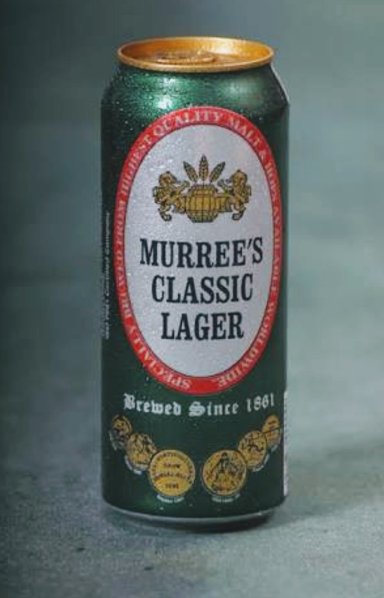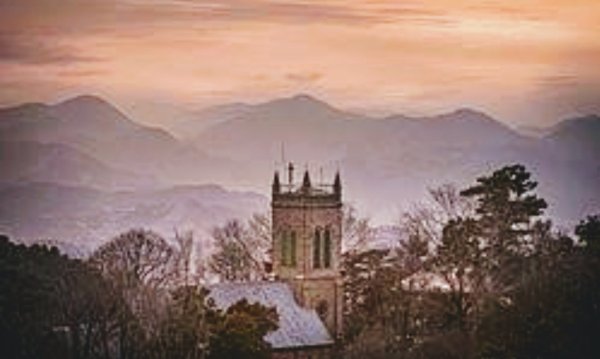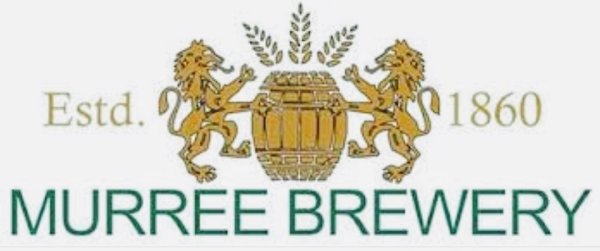Since my childhood and later after the advent of various social media platforms, one piece from the Mughal History has been extremely popular. The story of the brutal execution of The 9th Sikh Guru – Tegh Bahadur Singh Ji. Undoubtedly, this act was barbaric and inhuman in nature. His decapitation was ordered by Aurangzeb and was executed at the Chandani Chowk in Delhi.
Sikh holy premises Gurudwara Sis Ganj Sahib and Gurdwara Rakab Ganj Sahib in Delhi, mark the places of execution and cremation of Guru Tegh Bahadur. His martyrdom is remembered as the Shaheedi Divas every year on 24 November.

What intrigued me was the fact that there are two more Sikh Gurus who were executed on the Orders of Mughal Emperors in different eras. Unfortunately, this isn’t known to many of us and also is not a part of any narrative and also not much seen on social media platforms, for reasons unknown!!

Guru Arjan Dev Ji , the 5th Sikh Guru, a poet and compiler of the Adi Granth , was patronised by Akbar. But, when, after the death of Akbar, inevitable war of succession broke out between Salim and Khusro, Arjan Dev Ji allegedly sided with Khusro. Later, Jahangir ordered to confiscate the properties of Arjan Dev Ji, imprisoned him and then got him killed in Lahore.
Guru Arjan Dev Ji rests in peace at Gurudwara Dera Sahib in Lahore.
This act of Jahangir is equally unjust and highly condemnable.

Gobind Singh Ji, 10th and last of the Sikh Gurus was camped on the Banks of Godavari, along with his Army. This military movement was part of the War of Succession between Bahadur Shah I, (official successor to Aurangzeb), and his brothers.
While he was stationed near Nanded, two Afghans, Jamshed Khan and Wasil Beg, who were believed to be employed by Wazir Khan, gained access to the tents of Gobind Singh Ji and stabbed him to death. Both the killers were grabbed and killed on the spot. However, it isn’t perfectly known if Wazir Khan acted upon the orders of Bahadur Shah, neither can it be denied because he was Nawab of Sirhind which was a Mughal Subah and he was also commander of the Mughal Army. This looks unlikely that Bahadur Shah would not be aware of such a conspiracy being hatched.
But what astonished me was that these two unfortunate killings are not much talked about in the public domain. What we know is part of the popular culture on various platforms. Before making opinions, we must curiously dig deeper into the past from all possible angles. Be assured, treasure is waiting to be unearthed!
Let’s try to be a student of History and not the Judge of it.

Hazur Sahib is also known as Takht Sachkhand Sri Hazur Abchalnagar Sahib, is one of the five takhts in Sikhism. The gurdwara was built between 1832 and 1837 by Nasir-ud-Daulah, Asaf Jah IV upon the request of his friend Maharaja Ranjit Singh Ji to build the Gurudwara. It is located on the banks of the River Godavari at Nanded in Maharashtra.
































